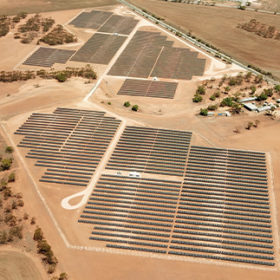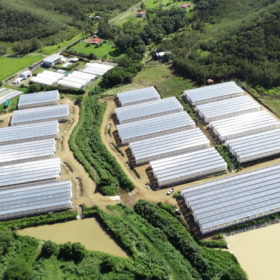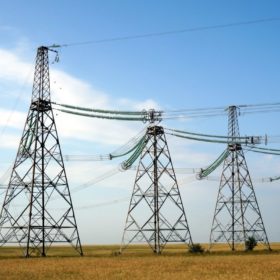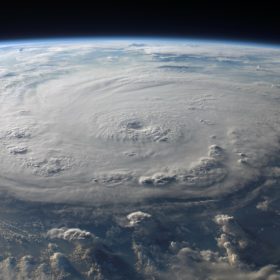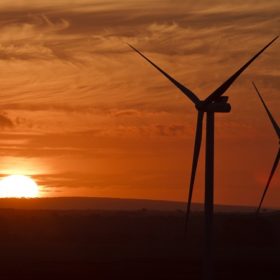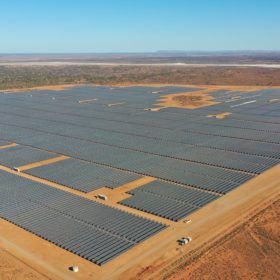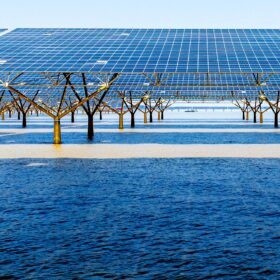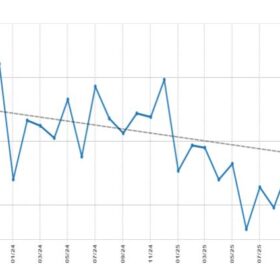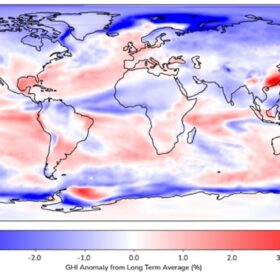Small-scale utility solar thriving on path of least resistance
South Australia is seeing a surge of small-scale utility solar as the niche, particularly around the 5MW mark, can fly under the radar of much of the electricity network’s congestion woes. The newly completed Mannum Solar Farm Project is one such example.
Agrivoltaics in New Caledonia
The 16-greenhouse Focola project has been developed by French renewables developer Akuo and local utility company Enercal Energies Nouvelles on the Pacific Ocean territory.
AEMC decides against new rule on calculating transmission losses
The Australian network rule maker has ignored the plea of some of the biggest solar and wind project owners in Australia to change the way marginal loss factors (MLFs) are calculated. While it has acknowledged that transmission has failed to keep up the pace with renewable energy investment, it did not come up with any suggestion on what should be done to ameliorate the problem.
Another one Bights the dust
Norwegian giant Equinor is the latest oil and gas company to abandon controversial plans to drill in the Great Australian Bight, following in the backtracks of BP, Chevron and Karoon Energy.
How to make rooftop PV resilient in hurricane regions
A report published by the Rocky Mountain Institute makes recommendations for rooftop PV in regions affected by high winds. The study draws on the knowledge of structural engineers asked to analyze 25 solar systems across five Caribbean islands after they were hit by major hurricanes in 2017 and last year.
Daintree solar to hydrogen microgrid closing on reality
An Australian-first solar to hydrogen-based microgrid for the World Heritage Protected Daintree Rainforest is another step closer to reality this week after Federal Leichhardt MP Warren Entsch revealed the feasibility study funded by the Federal Government last year is “on track”.
Victoria decides to go it alone on transmission to unlock more large-scale renewables and batteries
The Victorian government has decided to break away from national electricity rules and introduce legislation that will fast-track priority projects like grid-scale batteries and transmission upgrades and make room for more large-scale solar and wind on the grid. The announced reforms have prompted a flurry of reactions.
Sydney’s Inner West targets 1000% increase in solar generation
Sydney’s Inner West Council has set an ambitious target of 1000% increase in solar generation over the next decade. Council is seeking Expressions of Interest from all parties as the Inner West looks to help its residents toward a sustainable future.
SEC rallies industry to prevent a sunset on opportunities in Australia’s renewable energy market
Over the past week renewable energy developers and major investors have told the Smart Energy Council that, “They’re done. The sovereign risk in Australia is too great,” says the industry body’s Government Relations Manager, Wayne Smith. With prospects, employment and energy prices in jeopardy, the SEC vows to rattle the corridors of power for a bankable plan.
5 things to watch in Australian solar sector in 2020
Despite a massive drop in renewable energy investment seen last year, 2020 promises to bring both good and bad news for the Australian solar sector. While network conditions will continue to deteriorate, the low-carbon policy will become more supportive but also more chaotic.
